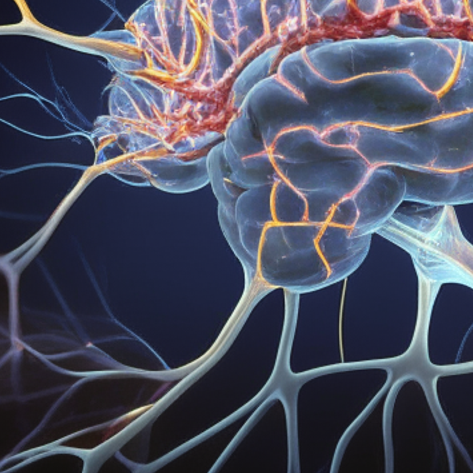Table of Contents
Neurohumoral transmission and it’s steps
Neurohumoral transmission and it’s steps, The process of transfer of signal from brain and spinal cord to the organ by neurotransmitter is called neurohumoral transmission. In preganglionic fiber neurotransmitter are filled. At resting condition when stimulus is obtained than Ca++ goes inside and exocytosis starts. After exocytosis neurotransmitter comes in synaptic cleft and bind with the receptor of post ganglionic fiber and signal is pass.
Neurohumoral transmission involve following steps:
1. Impulse conductance
In this step, firstly impulse is generated by the process of “action potential”. At resting state (when a nerve impulse is not transmitted from neuron), resting transmembrane potential is -70mv. Na+ ion have high concentration at outside the cell and more positive charge at outside the plasma membrane. K+ ion have high concentration at inside the cell and more negative charge at inside the plasma membrane.
Depolarization
when any kind of stimulus detected, then it changes the resting membrane potential to less potential. If stimulus change resting potential (-70mv) to (-55mv) then it is called threshold potential. Threshold potential open sodium ion channel, so Na+ ion enters inside the sale and positive charge produce inside the cell and negative at outside the cell and it is called the depolarization.
Repolarization
Stimulus continues increase the potential, now when potential reach at (+20mv to+30mv) its open K+ ion channel and K+ ion move outside the cell. The ionic distribution is normalized during the refractory period by the activation of Na+ K+. The cycle of depolarization and repolarization is called action potential. These action potential works 1000 times in once second.
2. Transmitter release
Nerve impulses promotes fusion of vascular and axonal membrane, through Ca++ entry which fluidized membranes. This promotes exocytosis (transmitter release from vesicle) in synaptic cleft.
3. Transmitter action on post junction membrane
The transmitter release and attached with specific receptor on postjunctional membrane and depending on nature it induces two types of action: EPSP(Excitatory post-synaptic potential) and IPSP(Inhibitory post-synaptic potential).
4. Termination of transmitter action
Neurotransmitter is degraded locally or any other mechanism. It can also be degraded by enzymatic action, such as: acetylcholine degraded by cholinesterase


